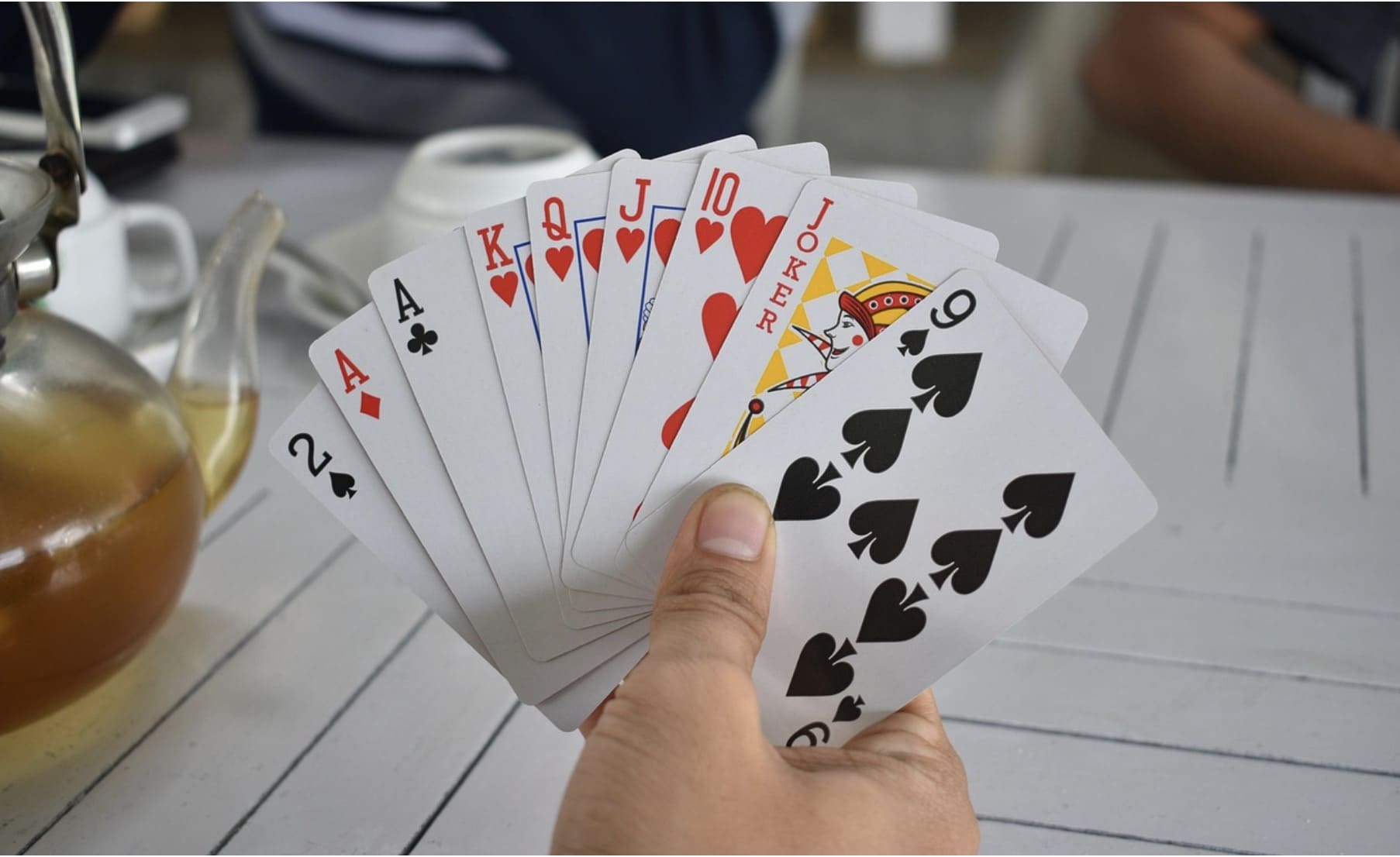Most Aussie players see a leaderboard and think “highest win wins.” In reality, most boards pay for wager volume, multiplier hits (your win divided by your bet), or streaks across a set window. Read the rules twice. If points are multiplier-based, tiny bets can still place you high; if they’re wager-based, volume beats luck.
Another quirk: many best bitcoin casinos reset points daily or hourly. That creates soft spots where a modest push can jump you dozens of places. Track the reset times and note the entry cutoff—late bursts often beat long, unfocused sessions.
Finally, check prize distribution. A wide, shallow payout (e.g., places 1–200) rewards steady grinders; a top-heavy pool suits confident risk-takers chasing first. Matching your style to the prize curve is the first “free edge.”
Bankroll & Bet Sizing Built for Points
Treat leaderboards like marathons. Set a bankroll just for the promo and divide it by the expected number of spins you’ll need to stay competitive. A simple rule: Bankroll / (spins × bet size) ≥ 1.2 to leave room for variance.
If the board counts multiplier hits, use micro-stakes with high-volatility games to fish for 200×+ spikes while protecting capital. If it counts total turnover, lean into low-volatility titles and sustain rapid, consistent spin cycles.
Define terms: Volatility is how swingy a game is; RTP (Return to Player) is the long-term expected return. RTP differences of 0.2–0.5% matter over huge spin counts, but volatility alignment matters more for leaderboards. Pick the metric that the promo rewards and size your bets to stay alive until the end.
Game Selection: Volatility on Purpose
For multiplier boards, shortlisting high-volatility pokies makes sense: long droughts, big peaks. Think of them as “lottery tickets” where one blast can lock a podium. Just pace your session—cooldowns between bursts reduce tilt.
For wager or points-per-spin boards, medium or low-volatility titles shine. Your goal is spin throughput: more qualified spins per minute with minimal balance shock. Disable side animations, use turbo modes where allowed, and keep stake uniform.
When games are “featured” for extra points, jump early. Featured pools attract fewer grinders in the first hours, and casinos often seed those boards to build buzz. Early adoption lets you fence off a lead before the crowd notices.
Timing, Traffic & Soft Hours
Leaderboards are population games. Peak evening sessions (AEST) draw the heaviest competition. If the board’s time window is global, explore off-peak slots—early weekday mornings often mean fewer whales to outrun.
Watch for rollovers. Many boards reset at the top of the hour or midnight server time. Right after reset, even small runs can sit in the top 10 temporarily—visibility that nudges you psychologically to keep pushing while costs are still low.
Track your own stats in a simple sheet: session time, spins, average bet, place changes per 100 spins. If your place barely moves after 500 spins at time X, shift windows. You’re not just spinning; you’re scheduling.
Crypto-Specific Edges Aussies Can Use
Network fees matter. On-chain Bitcoin withdrawals can eat small prizes; consider Lightning payouts or fee-friendly coins for cashing out micro-wins. Lower friction raises your real EV (expected value).
Use instant deposits to pounce on flash promos. Some casinos credit crypto fast; if you spot a leaderboard overlay or a surprise happy hour, rapid funding lets you enter while the field is thin.
Mind KYC and geo. Reputable venues will verify you; have documents ready before finals so a sudden top-3 finish doesn’t get stuck. “Responsible venue” and “quick payout” beat a slightly richer prize on a questionable site.
Multipliers, Missions & Side Value
Most boards quietly include side missions—hit a 50×, unlock a mini chest; play three featured titles, get boosts. These are EV boosters because fewer players complete them. Read the fine print for stackable perks.
If the casino offers rakeback (a small % returned from total wagers) or cashback (refund on losses), activate it. On turnover boards, these returns can be the difference between quitting early and powering through the last hour.
Don’t neglect overlay—when the prize pool is fixed but entries are light. If you estimate fewer than, say, 200 serious contenders for a pool paying top 150, your chance of a paid place is high. That’s the most +EV time to grind.
Session Discipline: The Pro Routine
Open with a 15-minute recon: test two or three titles that fit the board’s metric, log spin speed, note hit frequency, and check live placement drift. Pick the best tempo and commit.
Set hard stop-loss and stop-win rules. Leaderboards seduce you into “just a few more spins.” Define your max loss for the promo and a target where the marginal place gain isn’t worth the risk. Pros quit while ahead because leaderboards keep returning.
Close strong. Many players fade in the last 30 minutes. If you’ve managed bankroll well, that’s when a controlled push can flip 12th to 7th, or 6th to 3rd. Small edges earned all session pay off in the sprint.
Quality Over Hype (Even Google Agrees)
Recent Google updates reward helpful, transparent content and penalise thin fluff. The gambling parallel is simple: clarity beats vibes. Use clear rules, measurable goals, and post-session notes you can copy next time.
Avoid magical thinking. RTP is not destiny in the short run, and volatility will bite if you ignore bankroll math. Your edge is preparation, timing, and matching game choice to the leaderboard’s scoring formula.
As an Aussie who’s played these promos for years, my final advice is practical: pick solid venues, read every rule twice, and run your plan. When a leaderboard aligns with your style, lean in—otherwise, save the ammo for the next one.
Call to action: Ready to test a smarter grind? Choose a leaderboard that matches your strengths, set a clean bankroll, and run the playbook above. Keep it fun, keep it disciplined, and let the points work for you.
